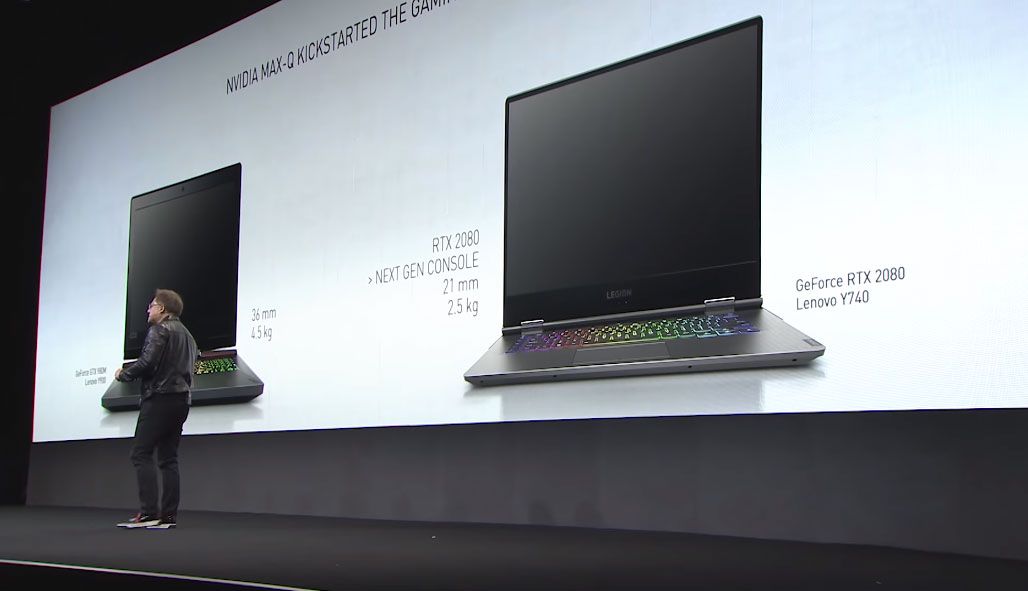If it is a consumable component, and therefore would not be fully covered with the guarantee (AFAIK) then the price of the replacement will be a person at Best Buy MSRP problem in reality (IMHO).
That's why I am speculating that the PS5 SSD is GPU attached (Radeon Pro SSG style), where it isn't considered consumable or replaceable. Used as a hierarchical storage to allow it to be a small size for a drive – making it cheap, reliably performant, so even fitting a TRIM at console boot time is possible – while still being a big size compared to 8GB or 16GB of GDDR6.
The hierarchical storage solution would then allow the continued use of cheap random performance 'consumable' 500gb sata mechanical drives – that the user can upgrade.
Yep, this is what a good number of folks have been speculating for a while. Both systems using a cache of on-board NAND as memory-mapped virtual memory like AMD's SSG card line.
Still though, I don't know if 500GB is enough, but with that said, 1TB (or even more) in that implementation could become costly. I think they'd probably use raw NAND to have the most flexibility, and they'd need enough in parallel to saturate the bandwidth. Otherwise even if the systems have a controller that can do, say, 5 GB/s, what worth is that if the bandwidth is limited to a single chip at 384 MB/s? They'd have to put the NAND in serial to increase storage size but serial NAND is slower than parallel NAND, and the controller might be limited in its speed by the performance level of the NAND chip it interfaces with.
If they get 12 parallel NAND chips arranged giving 384 MB/s bandwidth, though, on a 5 GB/s controller that is basically providing it with 4.6 GB of bandwidth. The controller would need to be a bit more sophisticated but this is stuff SSD manufacturers have solved ages ago. However, then comes the issue of capacity per chip. For a 1TB pool each chip'd need to be 85.3 GB in capacity, but there aren't any NAND ICs made at that capacity, so they either scale down to 64 GB or scale up to 128 GB. Most realistically they would just use a mix of chips in two capacities, but the bigger the capacity, the bigger the cost. Plus once you get into sizes of 64GB and greater you generally are talking about TLC NAND, which has lower endurance than the other two NAND types (there is 64GB SLC NAND for example, but it's
EXTREMELY expensive).
So say they go with 500GB instead; 12 ICs, 42.6 GB average capacity per chip. Best case scenario? 8 32GB chips, 4 64GB chips, 576GB storage capacity. Get high-quality chips of good speed (384 MB/s) gives a bandwidth of 4.6 GB. Memory controller spec'd at, say, 5 GB/s for reads. If you look at some of the speculative pricing for NAND on the market, it's roughly about 5 cents per GB. So theoretically, a 500GB drive (just for the NAND, anyway), would cost around $25. But realistically it would probably cost more than that, because NAND manufacturers have to get some type of profit off the sale, and the quality of materials they use in producing the NAND can also add on costs, not to mention manufacturers fab their NAND to specific sizes for product lines anyway. You'd probably be looking at something closer to $50 for the NAND itself depending on where it's purchased from, and then there's still the costs of designing the implementation on the PCB, the memory controller, so on and so forth.













